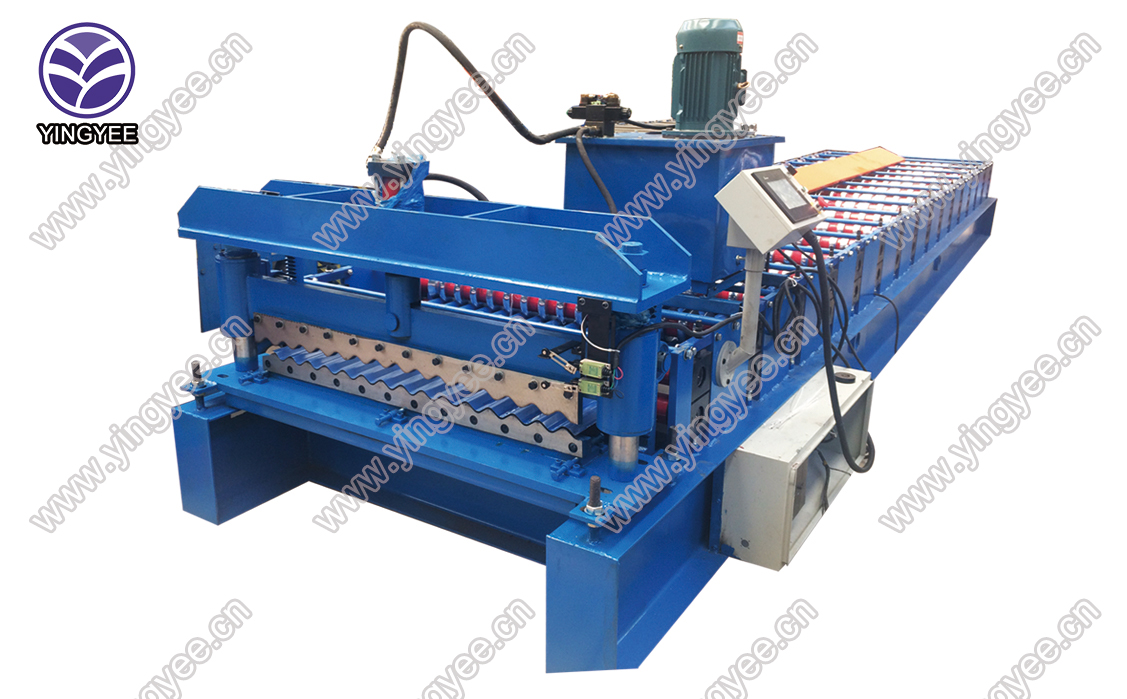
Understanding Hydraulic Bending Machines An Essential Tool in Modern Metalworking
In the evolving landscape of metalworking and manufacturing, hydraulic bending machines have become indispensable tools. These machines, known for their efficiency and precision, are commonly used for bending sheet metal and other materials to create various components for industries such as automotive, aerospace, construction, and more. This article explores the functionality, advantages, and applications of hydraulic bending machines, shedding light on why they are essential in modern manufacturing.
How Hydraulic Bending Machines Work
Hydraulic bending machines operate on the principle of hydraulics, which utilizes fluid power to perform mechanical work. The core components of these machines include a hydraulic cylinder, a bending beam, and a die. The process begins when the operator inputs the desired specifications into the machine's control system.
Once activated, hydraulic fluid is pumped into the cylinder, generating immense pressure that forces the bending beam downwards. The metal sheet is placed on a bed and compressed between the beam and a die. As the beam descends, it bends the metal sheet to the specified angle. This method not only allows for powerful bending capabilities but also enables precise control over the curvature, ensuring that components meet stringent specifications.
Advantages of Hydraulic Bending Machines
1. Powerful Performance One of the most significant benefits of hydraulic bending machines is their ability to handle heavy materials and thicker gauges. This is largely due to the hydraulic system, which can exert considerable force without requiring excessive physical effort or complicated mechanical systems.
2. Precision and Accuracy Hydraulic bending machines provide exceptional control over bending angles and final product dimensions. The technology allows for fine-tuning of parameters, resulting in high-quality finished products that often match the exact specifications required for various applications.

3. Versatility These machines are not limited to bending flat sheets; they can adapt to various shapes and forms. With the right tooling, hydraulic bending machines can handle multiple bending operations, including bending, flanging, and embossing, making them versatile tools in manufacturing.
4. Reduced Operational Costs Although the initial investment in hydraulic bending machines can be significant, the operational efficiency they offer can lead to substantial cost savings in the long run. Their ability to automate processes and reduce manual labor results in lower labor costs and increased production speed.
5. User-Friendly Interface Modern hydraulic bending machines come equipped with advanced control systems, which make them user-friendly. Operators can easily program and adjust settings, minimizing the learning curve and enhancing productivity.
Applications of Hydraulic Bending Machines
Hydraulic bending machines are utilized across a broad range of industries. In the automotive sector, they are used to create frames, panels, and brackets. The aerospace industry relies on these machines for producing lightweight yet strong components, essential for aircraft performance and safety. In construction, hydraulic bending machines are employed to fabricate structural components, such as steel beams and columns, ensuring durability and stability in building projects.
Moreover, metal fabrication shops often use hydraulic bending machines to produce custom parts for specific client needs, showcasing the machine’s adaptability.
Conclusion
In conclusion, hydraulic bending machines are a cornerstone of modern metalworking, offering numerous benefits including power, precision, versatility, and cost-effectiveness. As industries continue to evolve, the demand for efficient fabrication processes will only increase, solidifying the importance of hydraulic bending machines in manufacturing. Understanding their functionalities and applications is vital for businesses looking to enhance their production capabilities and maintain a competitive edge in the ever-changing market landscape. With advancements in technology, the future of hydraulic bending machines looks promising, continuing to pave the way for innovation and excellence in metal fabrication.